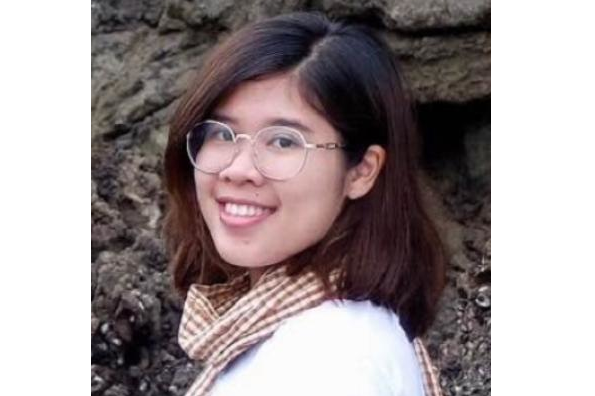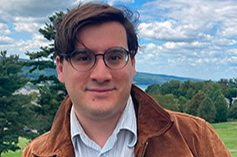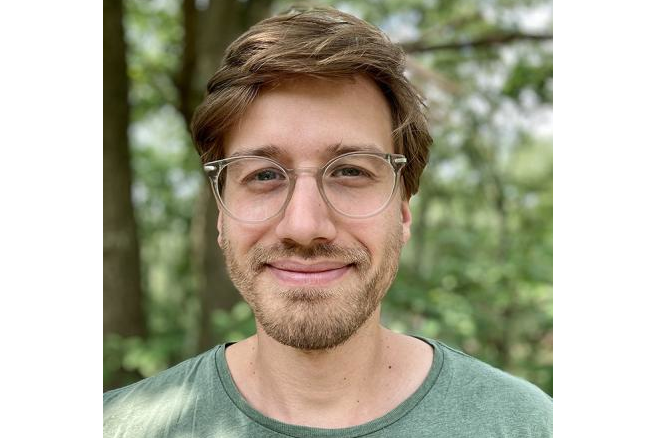News

Sireemas Maspong joins the Institute for Phonetics & Speech Processing, LMU Munich
Sireemas Maspong has accepted a position as a Postdoctoral Fellow at the Institute for Phonetics and Speech Processing (IPS) at the Ludwig Maximilian University of Munich. She will be working with Prof. James Kirby, Professor of Spoken Language Processing. She joined the department after successfully defending her dissertation in November 2022.
30th May 2023

Francesco Burroni receives Gosta Bruce Scholarship
Phonetics lab alumnus Dr. Francesco Burroni has received an International Phonetic Association (IPA) Gosta Bruce Scholarship to attend ICPhS 2023,
Francesco received this award because his paper was one of the six highest scoring papers in the area of prosody and phonetics.
The award will help Francesco with travel expenses involved in presenting his research at ICPhS 2023, which will be held August 7-11, 2023 in Prague, Czech Republic.
12th May 2023

Andy Kim to pursue a Linguistics PhD at McGill University
Former P-Lab Research Assistant Andy Kim (BS Linguistics 2022) has been accepted into McGill University's Linguistics PhD program.
Andy will start at McGill in August 2023, with an initial research interest in phonetics and sociolinguistics.
5th May 2023

Dr. Simon Roessig receives an IPA travel grant to present a paper at ICPhs 2023
Post-Doctoral researcher Dr. Simon Roessig has received an International Phonetic Association (IPA) travel grant to present a paper at the 2023 International Congress of Phonetic Sciences (ICPhS 2003), which will be held August 7-11, 2023 in Prague, the Czech Republic.
The grant will cover up to 500 BPS (British Pound Sterling) of Simon's travel costs.
3rd May 2023
